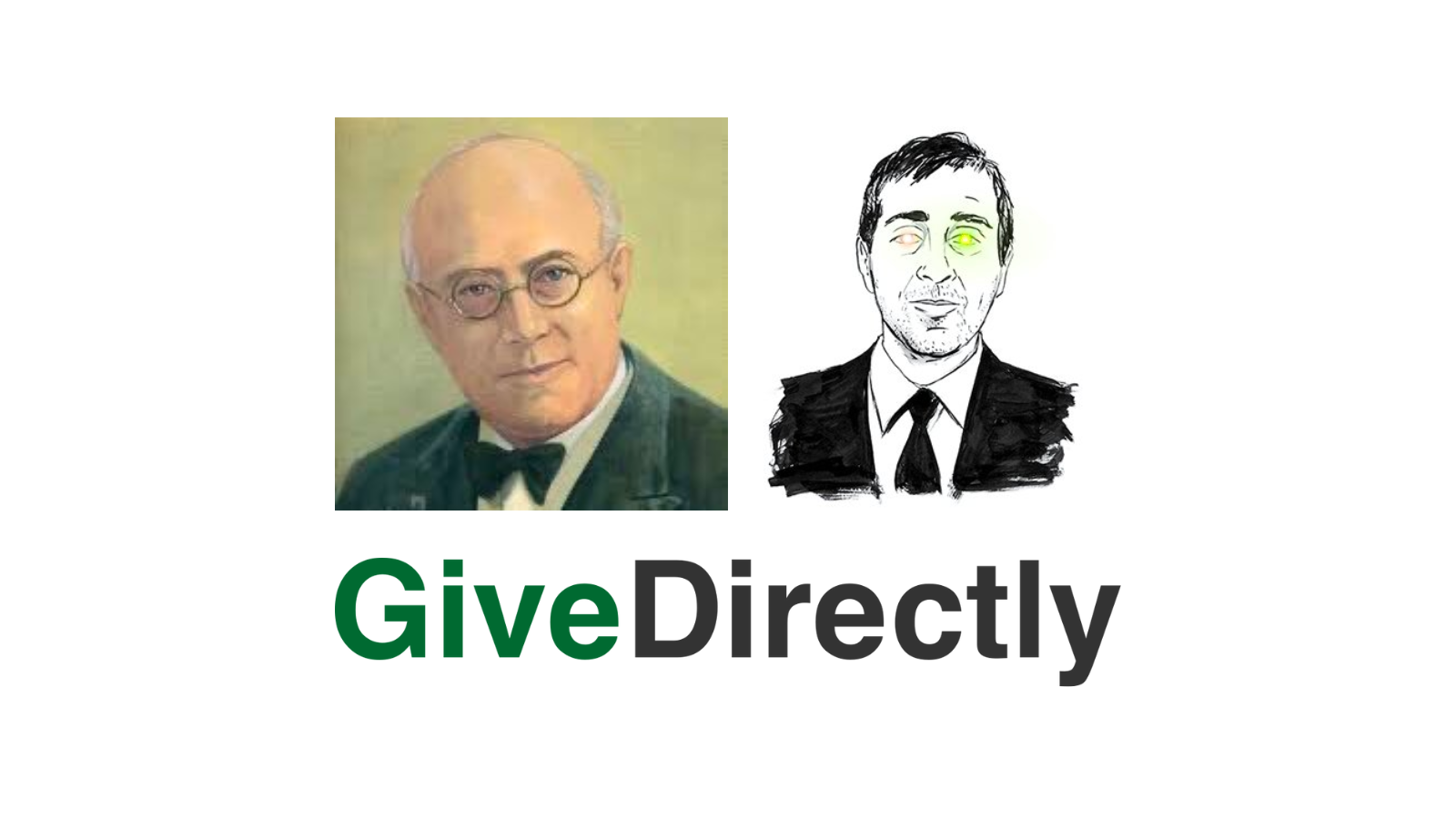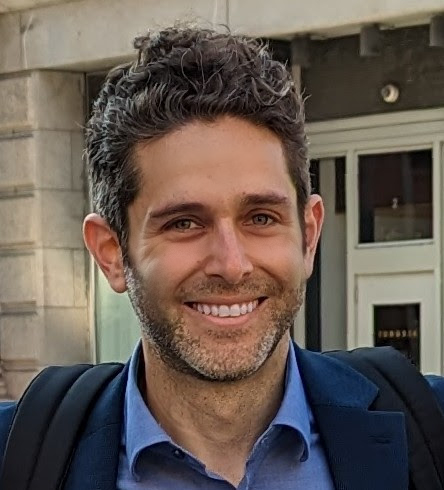How much should James Medlock donate to GiveDirectly?
We built a mini-app with the policyengine-us Python package to crunch the implications of a Twitter bet.

One week ago, Twitter user James Medlock tweeted:
The next day, entrepreneur and investor Balaji Srinivasan agreed by quote-tweet:
That is, Srinivasan, the former CTO of Coinbase, is betting that Bitcoin will exceed $1 million US dollars within 90 days.
This bet
Should Medlock win his bet, how much should he donate to GiveDirectly to fulfill his pledge? The interaction between charitable donations and tax liability means that answering this question requires a model of the tax code — like PolicyEngine’s.
Using policyengine-us Python package
We find that Medlock should give between $333,000 (if he has at least $4 million in other income) and $565,000 (if he has no other income).
Who is James Medlock?#
James Medlock (
-
Doesn’t have children (though he previously cared for a cat,Midnight ) -
33 years old (his profile picture is a portrait of economic anthropologistKarl Polanyi as an older man)
Using our calculator#
policyengine-us Python package via the Streamlit dashboarding app. We consider the above characteristics, and then let users set employment and self-employment income for Medlock and his wife.
As an example, suppose Medlock earns $100,000 from self-employment, and his wife earns $100,000 from employment. We would enter this as so:

Now with $1 million in gambling winnings, their
To take home $300,000, they might consider donating $700,000. But if they did so, their
Our app shows that, for Medlock’s net income to rise by $300,000, he should donate $484,848.
We also show various donation scenarios as a table:

And as a Plotly chart:

Calling the policyengine-us Simulation object with axes makes it easy and fast to simulate many scenarios like this. All in all, the app required 224 lines of Python code, including text and charts. See the full program at
Conclusion#
While most of our users interact with our software through the web app, our Python packages provide flexible analysis, especially paired with dashboarding tools like Streamlit. We’ll be watching the Medlock-Srinivasan bet, and building more tools to answer one-off questions outside our main app, including those around charitable giving. Stay tuned!
-
California has not yet released its 2023 tax bracket thresholds, so we use values from 2022.
↩

max ghenis
PolicyEngine's Co-founder and CEO

nikhil woodruff
PolicyEngine's Co-founder and CTO

Subscribe to PolicyEngine
Get the latests posts delivered right to your inbox.
© 2025 PolicyEngine. All rights reserved.